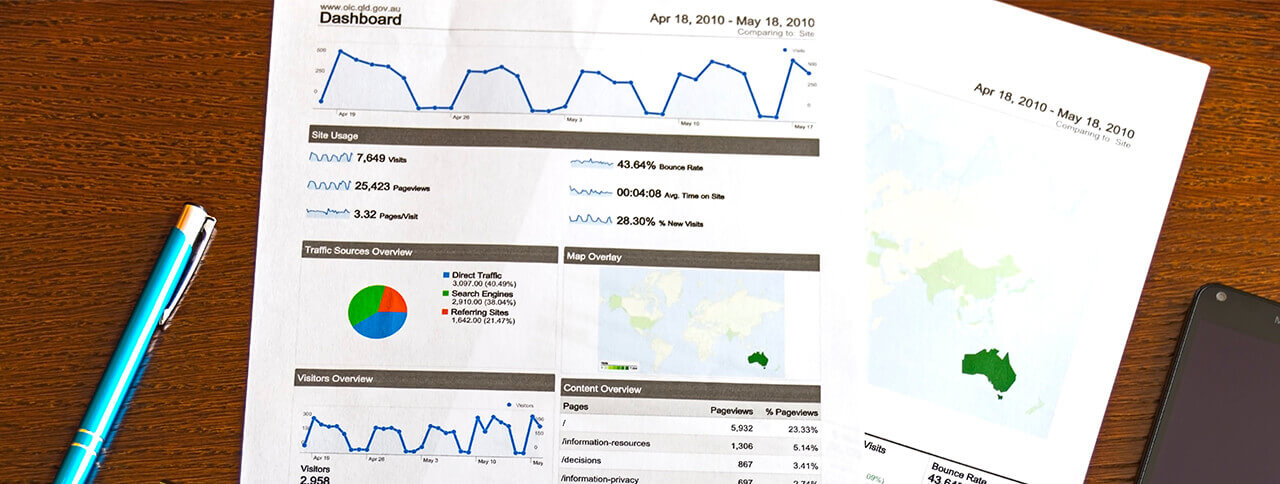Welcome to our article on successful Onpage Optimization with Search-Clicks! In today’s digital world, it’s crucial that your website ranks at the top of search engine results. With effective Onpage Optimization, you can enhance your visibility and generate more traffic. In this guide, we’ll provide you with the fundamentals of On-Page Optimization and show you how to leverage Search-Clicks to maximize your SEO efforts.
What is On-Page Optimization?
Before delving deeper into the details, let’s first clarify what On-Page Optimization exactly means. On-Page Optimization involves directly improving your webpage by creating relevant content and optimizing your page structure, metadata, headings, and internal links. Through these measures, search engines like Google can better understand your webpage and index it for relevant search queries.
Why are Search-Clicks important?
The use of Search-Clicks is a crucial aspect of On-Page Optimization. Search engines like Google use Click-Through Rates (CTR) as an indicator of a webpage’s relevance and quality. The more clicks your website receives in search results, the higher the likelihood of it rising in rankings. A well-optimized title and compelling meta-description can increase CTR and thus lead to better ranking.
The Importance of Effective Page Structure
Page structure is a fundamental element of On-Page Optimization. A clear and well-organized structure makes it easier for search engines to navigate your website. Start with a meaningful H1 heading that reflects the main topic of your page. Then, use H2 and H3 headings to mark subcategories and relevant sections. This hierarchy helps search engines better understand the content of your page and place it in the right context.
The Power of Keywords
Keywords are the backbone of any successful On-Page Optimization. They are the terms or phrases users search for to find relevant information. Thorough keyword research is crucial to selecting the right keywords for your page. Strategically integrate your keywords into the title, headings, text, and meta-description of your page. This makes it easier for search engines to associate your page with relevant search queries.
The Art of Engaging Content
Good content is the key to successful On-Page Optimization. Create high-quality, unique, and informative content that meets the needs of your target audience. Use simple and clear language to explain complex concepts. Use active verbs and personal address to directly engage your readers. Ensure your content is well-structured, with paragraphs, headings, and bullet points to improve readability.
The Importance of Meta Tags
Meta tags are important elements of On-Page Optimization. The title tag is the title of your webpage displayed in search results. It should be concise, relevant, and compelling to motivate users to click. The meta-description is a brief summary of your page’s content and should arouse curiosity and provide value. Use relevant keywords in your meta tags to signal to search engines that your page is relevant for specific search queries.
Internal Linking for Better Navigation
Internal linking is another important element of On-Page Optimization. By adding internal links to relevant pages within your website, you can help search engines better understand the structure and relationship of your pages. Place internal links in your text to refer to related content and provide users with easy navigation. Be sure to use relevant anchor texts that accurately describe the linked page.
Don’t Forget Mobile Optimization
In today’s mobile world, optimizing your website for mobile devices is essential. Ensure your website displays well on various screen sizes and devices. A responsive website not only improves user experience but is also an important ranking factor for search engines like Google. Optimize your images, minimize load times, and ensure all features function smoothly on mobile devices.
The Role of User Experience (UX)
User experience (UX) plays a crucial role in On-Page Optimization. A well-designed website with intuitive navigation, fast load times, and appealing design not only enhances user experience but also your rankings. Ensure your site is user-friendly and easy to navigate. Avoid pop-ups that could affect user experience, and optimize your website’s load time to reduce bounce rate.
The Importance of Social Media
Social media plays an increasingly significant role in On-Page Optimization. By sharing your content on social platforms, you can expand your reach and drive more traffic to your website. Integrate social media buttons on your website to make it easy for users to share your content. Ensure your content is engaging and optimized for social media to increase the likelihood of shares and likes.
Monitoring and Analyzing Your Results
Last but not least, it’s important to monitor and analyze your results. Use tools like Google Analytics to track your website’s traffic and key metrics such as page views, bounce rate, and time on page. Analyze the data regularly to gain insights into your users’ behavior and adjust your strategy accordingly. Experiment with different approaches and observe how your rankings and traffic evolve over time.
On-Page Optimization is a crucial component of a successful SEO strategy. By implementing the fundamental principles of On-Page Optimization with Search-Clicks, you can optimize your website for search engines, generate more organic traffic, and improve your rankings. Pay attention to effective page structure, use relevant keywords, create high-quality content, and optimize your meta tags. Don’t forget the importance of user experience, mobile optimization, and leveraging social media. Monitor and analyze your results to make continuous improvements. Start On-Page Optimization today and boost the success of your website!

